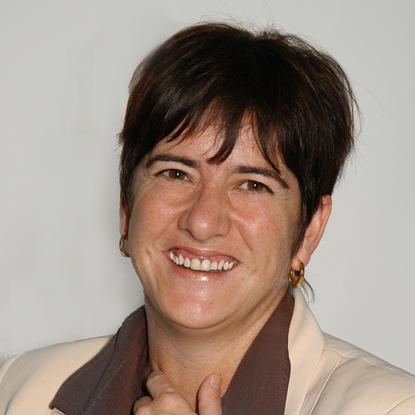UTS’ Anne Dwyer discusses IT projects and challenges
- 08 June, 2012 15:44

UTS deputy vice-chancellor of corporate services, Anne Dwyer
Serving a growing number of wireless devices on campus is a major IT challenge faced by the University of Technology in Sydney, according to the university’s deputy vice-chancellor of corporate services, Anne Dwyer.
IT is a key part of Dwyer’s UTS portfolio and her technology team has a broad responsibility for technology infrastructure and services at the university. “It covers everything from the usual data centres, storage processing, telecommunications, corporate applications and help desks,” to client computing for staff and students including desktop operations, computer labs and teaching applications, she said.
As part of a series of articles from CIO Australia on IT in tertiary education, we spoke with Dwyer about current IT projects she is working on at the university.
Current IT projects
UTS is upgrading and expanding Wi-Fi infrastructure on campus to meet heightened demand for wireless internet access and prevent network congestion, Dwyer said.
“The expectation around complete coverage of wireless is high,” she said. “Making everything able to happen on mobile technologies is a constant underlying element to all of our projects.
“I don’t think you’ll find a university in the country who hasn’t been installing Wi-Fi for some time now, but many of us have experienced a many-fold increase in the usage of that even in just the last six months.” Students “walk on campus with potentially three devices” each that they want to connect to the school’s wireless network, she said. “The combination of tablet devices’ availability and affordability is really shifting things.
“We absolutely have the aim with this project to nail a lot of our issues, but no way is it going to hold for very long. So we’re definitely looking at next generation Wi-Fi over the next few years because we have a massive building project here at UTS.”
Broadband availability
Dwyer said that availability of broadband on campus is “not a lot” limited because UTS sits on one of AARNet’s primary network nodes. As a result, the university has better broadband access than most places, she said, but Wi-Fi technology has been the main bottleneck.
The impact of the National Broadband Network (NBN)
While UTS has fast broadband on campus, the NBN will provide better access to students working off campus or out in the field, Dwyer said.
“If I think of our environmental students, we want them to be able to work with and simulate things that are going on in remote research places.”
IT security challenges
Software licensing is a major security issue for UTS, Dwyer said. “We actually have quite a lot of software that’s licensed that we can provide virtual access to.” She said the software is offered mostly over a private Cloud, giving students remote access.
Protecting research data and private information about students is another challenge, according to Dwyer.
Anywhere, anytime
Dwyer said “there has been a combination of technologies” focused on engaging students “anywhere, anytime”.
“We are really in a very, very different era in how we deliver … what the university does.
“A class can be taught with people who are working in groups or together online or offline in a whole lot of different spaces.”
Investment in IT
Dwyer said the university is “definitely not investing less”. For years, UTS has strived for “certainly not flat, but a very planned forward program” of IT investment, she said. “That keeps us on a pretty good keel about having current technologies and keeping up the bandwidth and processing and storage capacity.”
IT doesn’t reduce other costs, but “what it does is allow you to do much more without having the same increase in other costs,” she said.
“We really are doing a lot and our technology shift in the campus is a huge help in that,” Dwyer said. “It’s an exciting new time, to tell you the truth.”
Follow Adam Bender on Twitter: @WatchAdam
Follow CIO Australia on Twitter and Like us on Facebook… Twitter: @CIO_Australia, Facebook: CIO Australia, or take part in the CIO conversation on LinkedIn: CIO Australia

